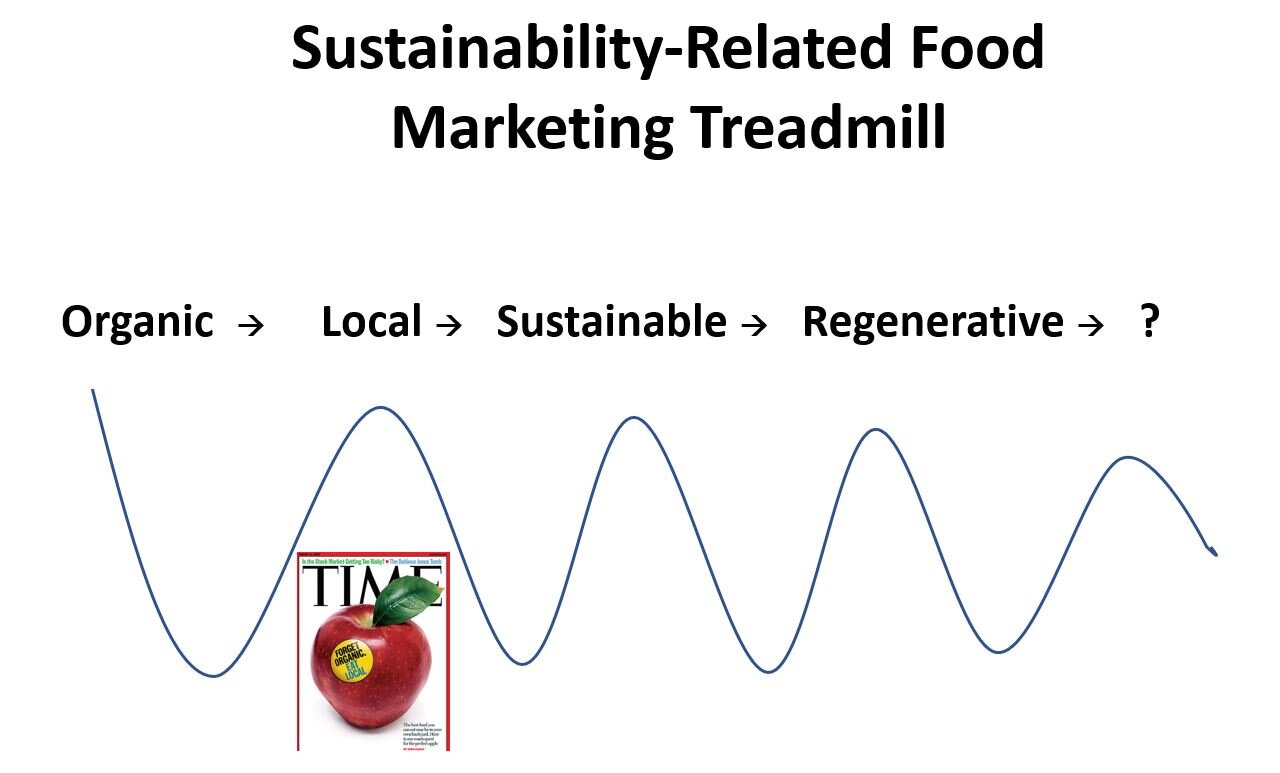Stories continue to emerge about inflation and supply chain disruptions throughout the economy. When talking to reporters about these issues, I’ve routinely been asked questions premised on the idea that our dependence on imports and exposure to international markets and trade are partially at fault for the volatility. The stories about ships being backed up at ports, the increasing prices of containers, and shortages of truck drivers all contribute to this narrative.
However, my view is that a more localized world, less reliant on trade, is one - at least in the realm of food and agriculture - that would generally be more vulnerable to random supply shocks, not less.
Consider an extreme example. Imagine a small community, Isolationville, exists where the citizens eat only what is grown locally within the community. Now imagine an adverse shock. Perhaps Isolationville experiences a drought in the growing season, or a wildfire, or a flood. Or, a tornado wipes out all the greenhouses or food storage. Isolationville no longer has enough food to feed it’s citizens. Food prices will, as a result, spike in Isolationville. Maybe Isolationville can turn to it’s neighbors in it’s time of need. But if the disaster is climate or weather related, their neighbors’ food supplies are also likely to be adversely affected at precisely the same time Isolationville is in need. Moreover, if their neighbors are like Isolationville - only focused on internal needs - they haven’t planned to plant and grow more in anticipation of their neighbors needing help.
Now, imagine a different community, Cosmopolitanville. Citizens of Cosmopolitanville eat some of their food from local sources but also import food from all around the world. Suppose Cosmopolitanville experiences the same adverse shock as Isolationville - the drought, fire, flood, or tornado. What happens to food prices and food availability in Cosmopolitanville relative to Isolationville? Because Cosmopolitanville’s diet is less reliant on local conditions, it is also less prone to local supply shocks, and Cosmopolitanville will have less food price inflation and less food insecurity than Isolationville despite experiencing the exact same shock.
Seen in this way, trade can act as a form of insurance for food consumers against adverse local shocks. The old saying “don’t put all your eggs in one basket” applies here. Relying only on local production is literally putting all your eggs in one local basket. Of course the same problem would arise if Cosmopolitanville only imported food from a single foreign location. A more resilient strategy would entail trading with a large number of partners unlikely to be affected by the same adverse shocks.
One advantage of the agricultural world in which we live is that we have large globally-linked commodity markets for many products like corn, wheat, and pork. A disaster in any one geographic location may have an impact on the global prices of these products (depending on the locations size and production volume), but it will be muted by production in other regions. Moreover, the rising prices in an adversely affected location serve as the profit signal for firms to incur the costs to shift gears and re-direct food and agricultural products to those areas where it is most needed.
My Purdue colleague, Tom Hertel, serves on the Scientific Group of the UN Food Systems Summit 2021, and as a part of that effort he recently co-authored a paper addressing “Building Resilience to Vulnerabilities, Shocks and Stresses.” Here is what they wrote on the subject of trade as it relates to resilience:
“There are important trade-offs between integration into global supply chains and world markets, on the one hand, and the desire for locally sourced products, with shortened supply chains and greater food self-sufficiency, on the other. Better integration into world markets can ensure food security in the face of local drought, flooding and other natural disasters. In pre-colonial India, weather-induced famines were common, resulting in tens of millions of deaths when flooding or drought destroyed local crops. However, with the introduction of railroads in colonial India, Burgess and Donaldson (2010) find a dramatic reduction in the number of deaths associated with comparable extreme weather events, suggesting that improved market integration greatly enhanced food security by allowing for timely food imports. Recent studies of the role of international trade in mitigating adverse impacts of climate change reinforce the benefits of globalization for resilience to adverse climate impacts (Baldos and Hertel 2015; Gouel and Laborde 2018). However, when the source of adverse shocks is the global market, countries may have an incentive to insulate themselves from these developments. The problem with this strategy is that, the more countries insulate themselves from world markets, the more volatile those markets will become, as was found in the context of the food price crises of 2006-2008 and 2010-2011 (Martin and Anderson 2012). This harms those countries – often the poorest – who rely on these markets for critical food imports.”



